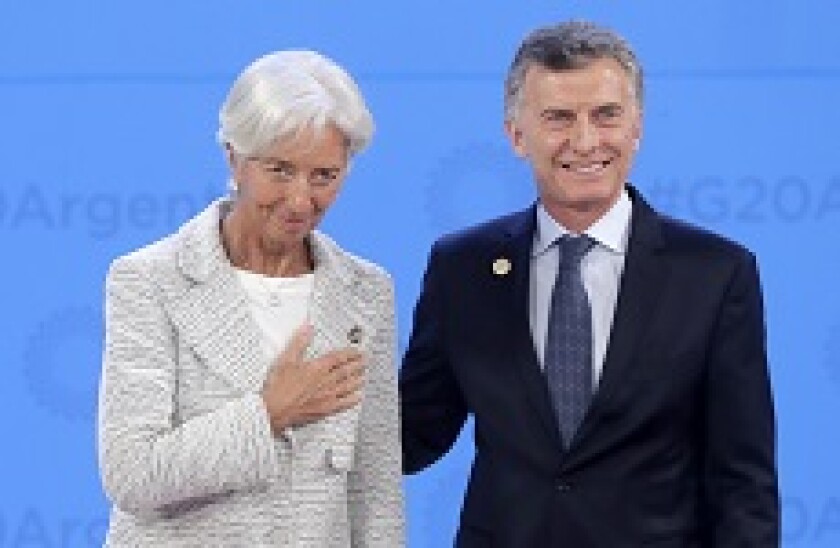Study: Painful ‘haircuts’ lead to lower debt

Crisis-hit countries that go through a painful debt restructuring programme as part of a bailout enjoy much steeper cuts in their medium-term debt, according to an independent analysis of International Monetary Fund rescue programmes.
Unlock this article.
The content you are trying to view is exclusive to our subscribers.
To unlock this article:
- ✔ 4,000 annual insights
- ✔ 700+ notes and long-form analyses
- ✔ 4 capital markets databases
- ✔ Daily newsletters across markets and asset classes
- ✔ 2 weekly podcasts
